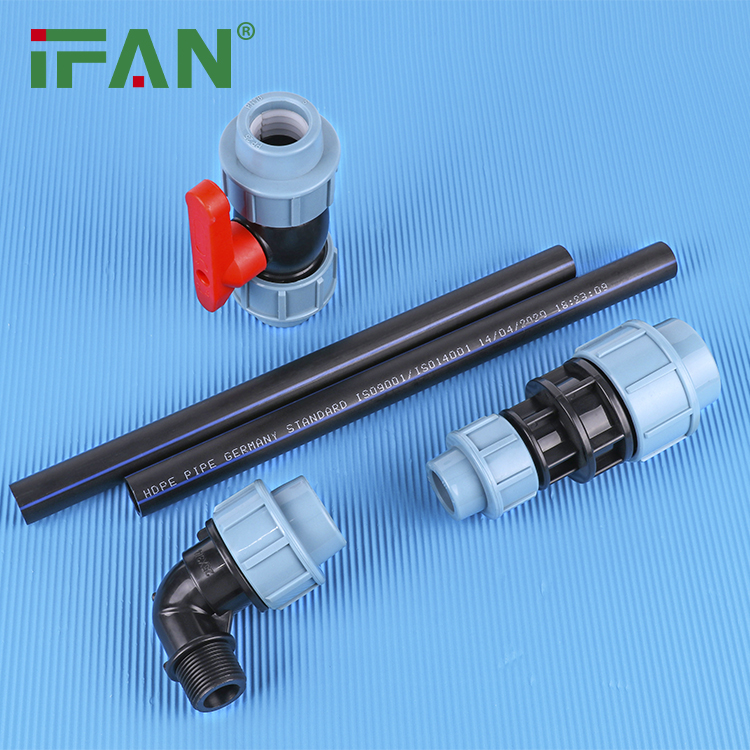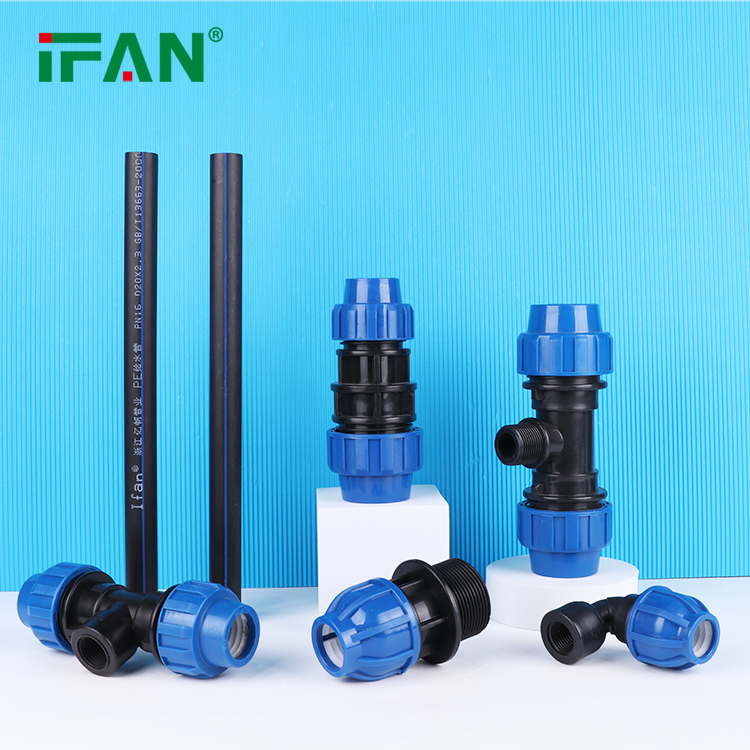Introduction to HDPE Pipes and Fittings
HDPE (High-Density Polyethylene) pipes and fittings have revolutionized the construction and plumbing industries with their unique properties and advantages. This article explores the latest advancements, applications, and benefits of HDPE pipes and fittings, providing valuable insights for professionals in the field.
Unique Properties of HDPEnology
Recent advancements in HDPE technology have further enhanced the material’s performance. New formulations and additives have been developed to improve the strength, flexibility, and durability of HDPE pipes and fittings. Additionally, the introduction of new manufacturing techniques has allowed for the production of more complex and precise fittings, enhancing the overall system’s performance.

Applications of HDPE Pipes and Fittings
HDPE pipes and fittings are widely used in various applications, including water distribution, irrigation systems, gas transmission, and industrial fluid handling. Their resistance to corrosion and abrasion makes them suitable for underground installations, while their flexibility allows for easy installation in tight spaces. HDPE pipes are also increasingly being used in sewage and drainage systems due to their ability to handle harsh chemical environments.
Environmental Benefits of HDPE
HDPE pipes and fittings are environmentally friendly materials. They are recyclable, reducing the amount of waste generated during construction and maintenance. Additionally, HDPE’s resistance to corrosion and abrasion means fewer replacements and repairs, further reducing the environmental impact.

Future Prospects of HDPE
The demand for HDPE pipes and fittings is expected to continue to grow in the future. With advancements in material science and technology, HDPE is poised to become even more versatile and efficient. Researchers are exploring new applications for HDPE in renewable energy, such as solar thermal systems and geothermal heat exchangers.
Conclusion
HDPE pipes and fittings are an essential component of modern infrastructure. Their unique properties, advancements in technology, and wide range of applications make them a valuable material for professionals in the construction and plumbing industries. As the demand for sustainable and efficient solutions continues to grow, HDPE’s future prospects remain bright.





